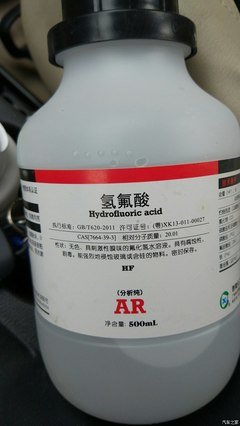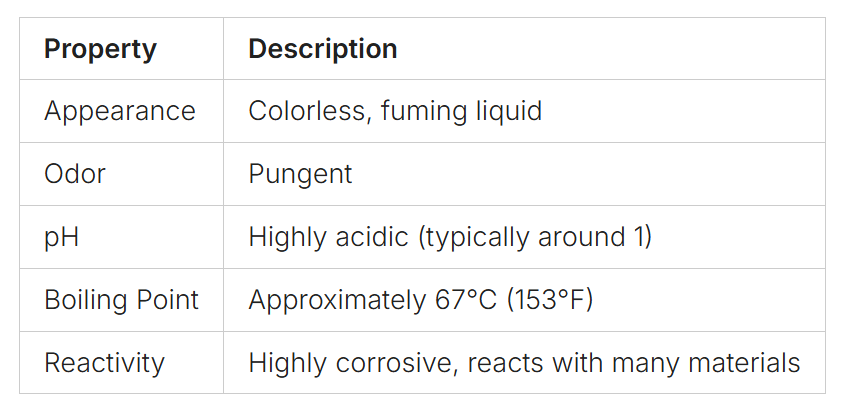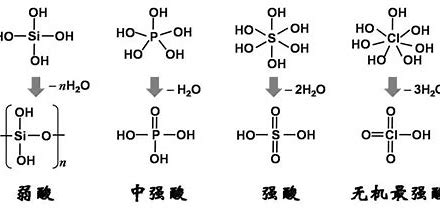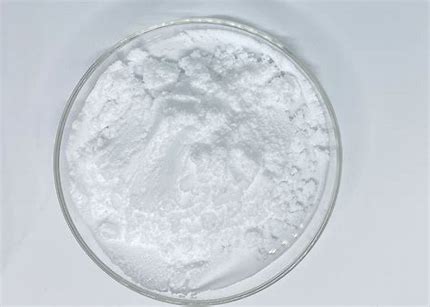Hydrofluoric Acid Formula: HF Chemical Structure
Hydrofluoric acid (HF) is an incredibly unique and hazardous chemical, renowned for its ability to dissolve glass and its severe health implications. While its simple formula HF might suggest a straightforward nature, the chemical structure of hydrofluoric acid (or hydrogen fluoride in its pure form) holds the key to understanding its distinctive and potent properties.
The Hydrofluoric Acid Formula: HF – A Diatomic Simplicity
The formula HF for hydrofluoric acid (or hydrogen fluoride when gaseous or pure liquid) immediately tells us its atomic composition:
- One (1) Hydrogen (H) atom: The lightest element, possessing one valence electron.
- One (1) Fluorine (F) atom: The most electronegative element, from Group 17 (halogens), with seven valence electrons.
This simple diatomic arrangement means that each molecule of HF is comprised of just two atoms bonded together.
Unveiling the HF Chemical Structure: A Singular Bond and Lone Pairs
At the heart of the HF chemical structure lies a single covalent bond between the hydrogen and fluorine atoms.
- Single Covalent Bond: The hydrogen atom shares its single valence electron with the fluorine atom, which, in turn, shares one of its seven valence electrons. This sharing forms a single covalent bond (H-F).
- Fluorine’s Lone Pairs: After forming the single bond, the fluorine atom still possesses three lone pairs of electrons. These lone pairs are crucial for understanding the molecule’s overall electron distribution and its interactions with other molecules.
Delving into the Bonding: The Highly Polar H-F Bond
The nature of the bond between hydrogen and fluorine is critical to HF’s unique properties:
- Polar Covalent Bond: Fluorine is the most electronegative element on the periodic table (electronegativity of ~4.0 on the Pauling scale), while hydrogen has a much lower electronegativity (~2.1). This significant difference (ΔEN≈1.9) means that the shared electron pair in the H-F bond is pulled very strongly towards the fluorine atom. As a result:
- The fluorine atom acquires a substantial partial negative charge (δ⁻).
- The hydrogen atom acquires a significant partial positive charge (δ⁺). This creates a strong dipole moment within the HF molecule, making it highly polar.
- Strongest Single Covalent Bond: The H-F bond is notably strong, possessing a high bond energy. This strength contributes to HF’s relative weakness as an acid in dilute aqueous solution (compared to other hydrohalic acids like HCl), as breaking this bond to release a proton requires considerable energy.
Molecular Geometry of HF: A Simple Linear Shape
Due to the diatomic nature of the HF molecule (consisting of only two atoms), its molecular geometry is inherently linear.
- Linear Arrangement: There’s only one way for two atoms to arrange themselves in space, which is along a straight line. Therefore, the bond angle in HF is 180 degrees.
- Lone Pair Influence (or lack thereof): While the fluorine atom has three lone pairs of electrons, these do not influence the molecular geometry of HF because there is no central atom with multiple bonding partners to create a more complex shape. The lone pairs simply occupy space around the fluorine atom.

The Consequence of Structure: Unique Properties of Hydrofluoric Acid
The specific chemical structure and bonding in HF give rise to several unusual and critical properties:
- Exceptional Hydrogen Bonding: The high electronegativity of fluorine and the small size of the hydrogen atom lead to exceptionally strong hydrogen bonding between individual HF molecules. The partially positive hydrogen of one HF molecule is strongly attracted to the lone pairs of electrons on the fluorine atom of an adjacent HF molecule.
- High Boiling Point: This extensive hydrogen bonding is why HF has an anomalously high boiling point (19.5 °C) compared to other hydrogen halides like HCl (-85 °C), HBr (-67 °C), and HI (-35 °C). More energy is required to overcome these strong intermolecular forces.
- Polymerization: In its liquid and solid states, HF molecules form zigzag chains or even cyclic structures (e.g., (HF)₆ rings in the gas phase) due to continuous hydrogen bonding.
- Unique Acidity (Weak Acid in Dilute Solution, Strong in Concentrated): Unlike other hydrohalic acids, dilute hydrofluoric acid behaves as a weak acid. This “weakness” is often attributed to the strong H-F bond and the tendency of HF molecules and fluoride ions to form hydrogen-bonded clusters (like H₃O⁺·F⁻ and bifluoride ions, HF₂⁻) in solution, which hinders the complete dissociation of H⁺. However, concentrated solutions of HF are very strong acids, capable of forming superacids with other strong Lewis acids (like SbF₅).
- Glass Etching Ability: One of HF’s most infamous properties is its ability to dissolve glass (silicon dioxide, SiO₂). This is a direct consequence of the strong affinity of the fluoride ion (F⁻) for silicon, forming stable silicon tetrafluoride (SiF₄) or hexafluorosilicic acid (H₂SiF₆). This reaction is unique among acids and makes HF indispensable in industries like semiconductor manufacturing and glass etching.
- Deep Tissue Penetration: The small size of the HF molecule and its ability to rapidly penetrate skin and tissues is a major factor in its extreme toxicity. Unlike other acids that cause immediate surface burns, HF can travel deep into the body, binding to calcium and magnesium ions, leading to severe cellular damage, excruciating pain, and systemic toxicity.








